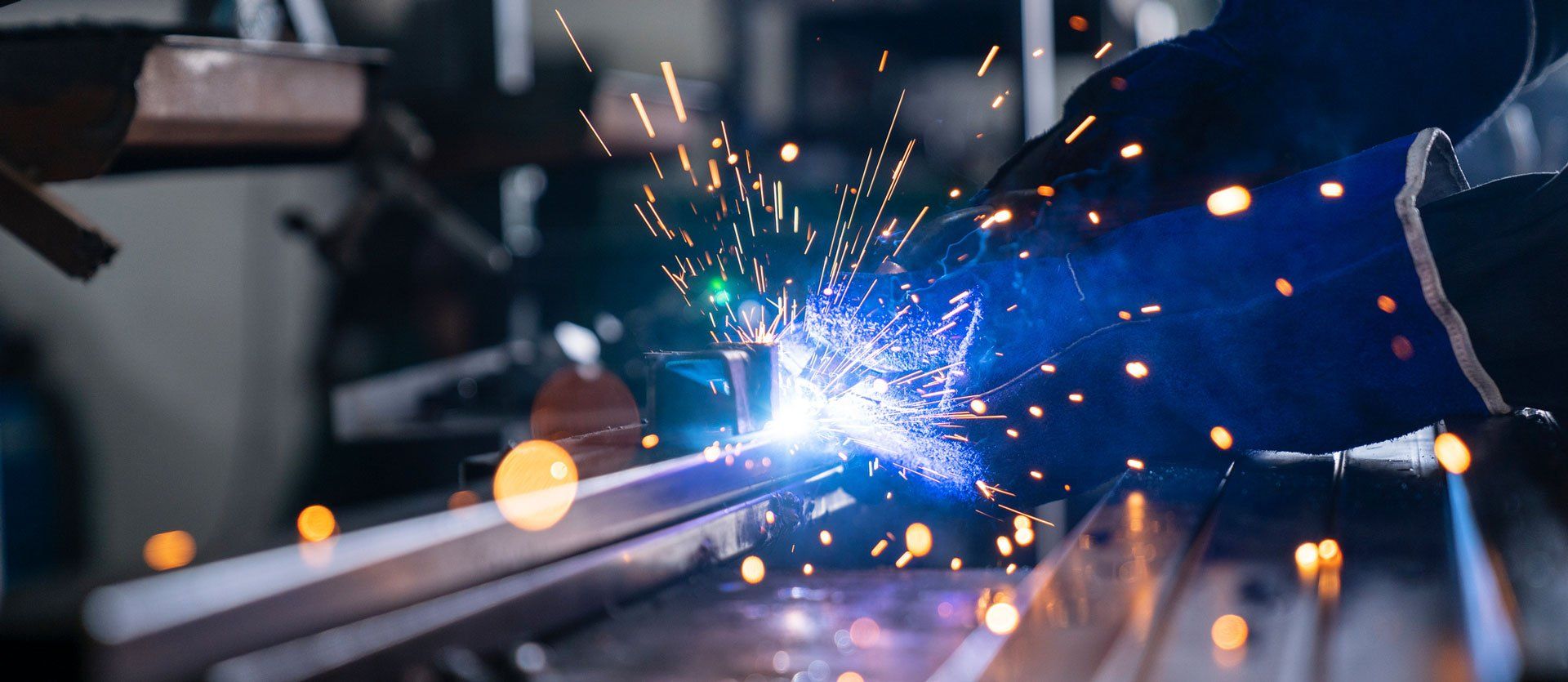Types of Metals Used in Espresso Machine Boilers
The boiler of an espresso machine stores the water that's used to pull shots and steam milk. Boilers are made of metal, and the ideal metal conducts heat, doesn't corrode, and is affordable. Manufacturers of espresso machine boilers use several metals that offer these properties to varying degrees. Learn about the pros and cons manufacturers weigh when they choose which metal to use.
Aluminum
Aluminum is widely used in entry-level espresso machines, for manufacturers prioritize cost over other factors in these machines. Cheap stovetop espresso machines, inexpensive steam-powered machines, and budget pump machines might all have aluminum boilers.
The biggest benefit of aluminum is that it doesn't drive up the cost of these machines. Aluminum itself is a comparatively inexpensive metal that is also relatively lightweight. The low weight ensures shipping costs remain as low as possible.
The biggest drawback of aluminum is that it corrodes, although aluminum corrosion is white instead of iron's iconic red. The aluminum boilers in entry-level machines will eventually wear out from corrosion. Buyers understand that these machines are made inexpensively and don't expect them to last forever, though.
Aluminum's thermal conductivity is serviceable. Even if it's not as ideal as some other metals, the difference in its conductivity and that of other metals doesn't make a noticeable impact on the quality of espresso that these machines produce. However, other features are also built inexpensively, and might not necessarily be optimized for maximum flavor and extraction.
Stainless Steel
Stainless steel is sometimes used in addition to or instead of aluminum. When it's used with aluminum in an espresso machine's boiler, the stainless steel lines the inside of the boiler — where the metal is in near-constant contact with water.
The obvious benefit of stainless steel is that it resists corrosion. The metal can theoretically last indefinitely, extending an espresso machine's life span well beyond what's expected of an entry-level machine.
The drawback of using stainless steel in an espresso machine boiler is the corresponding increase in cost, as stainless steel is more expensive than aluminum.
Manufacturers most often use stainless steel in mid-tier espresso machines, although it's not necessarily a commonly used option even at this tier.
Brass
Brass is widely used in espresso machines, ranging from mid-tier machines to high-end ones. Although brass costs more than either aluminum or stainless steel, it provides a large upgrade in performance — and that upgrade is noticeable in the quality of espresso that the machine produces.
The thermal conductivity of brass is high, and this provides a demonstrable improvement in the brewing temperature of espresso shots. Maintaining a consistent brewing temperature is essential to consistent extraction through an entire shot.
An espresso machine's boiler becomes hot as a machine warms up, and then it transfers some heat to the water in it as the machine pulls an espresso shot. Without heat transfer from the boiler, the water will cool as a shot is pulled because hot water is being taken from the boiler. The cooling results in a declining brew temperature throughout the pull, which alters extraction and flavor.
Brass is fairly thermo-conductive, which allows it to quickly transfer heat to water. This is what makes brass suitable for the higher-end espresso machines, as it helps maintain consistent brewing temperatures.
Although brass is more expensive than either aluminum or stainless steel, buyers of mid-tier and high-end espresso machines are willing to pay the increased cost in order to get better espresso out of their machine.
Copper
Cooper is even more thermo-conductive than brass, but it's also more expensive. This makes copper the best-performing of these metals. However, the cost of copper ultimately prevents manufacturers from using it for the boiler of any but the highest-end espresso machines.
If you have any use for aluminum, stainless steel, brass, or copper, check out the inventory of metals at Schorr Metals. If you need us to fabricate a metal part, feel free to
contact us.







